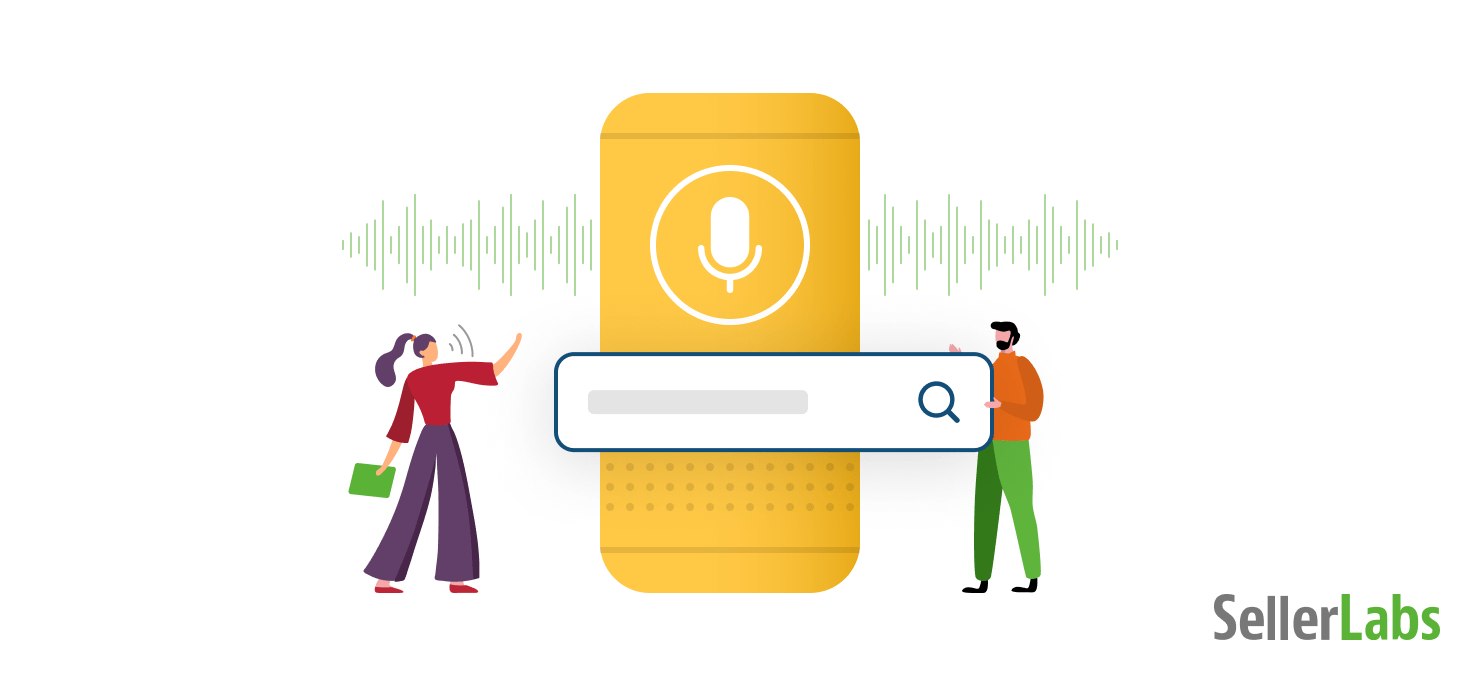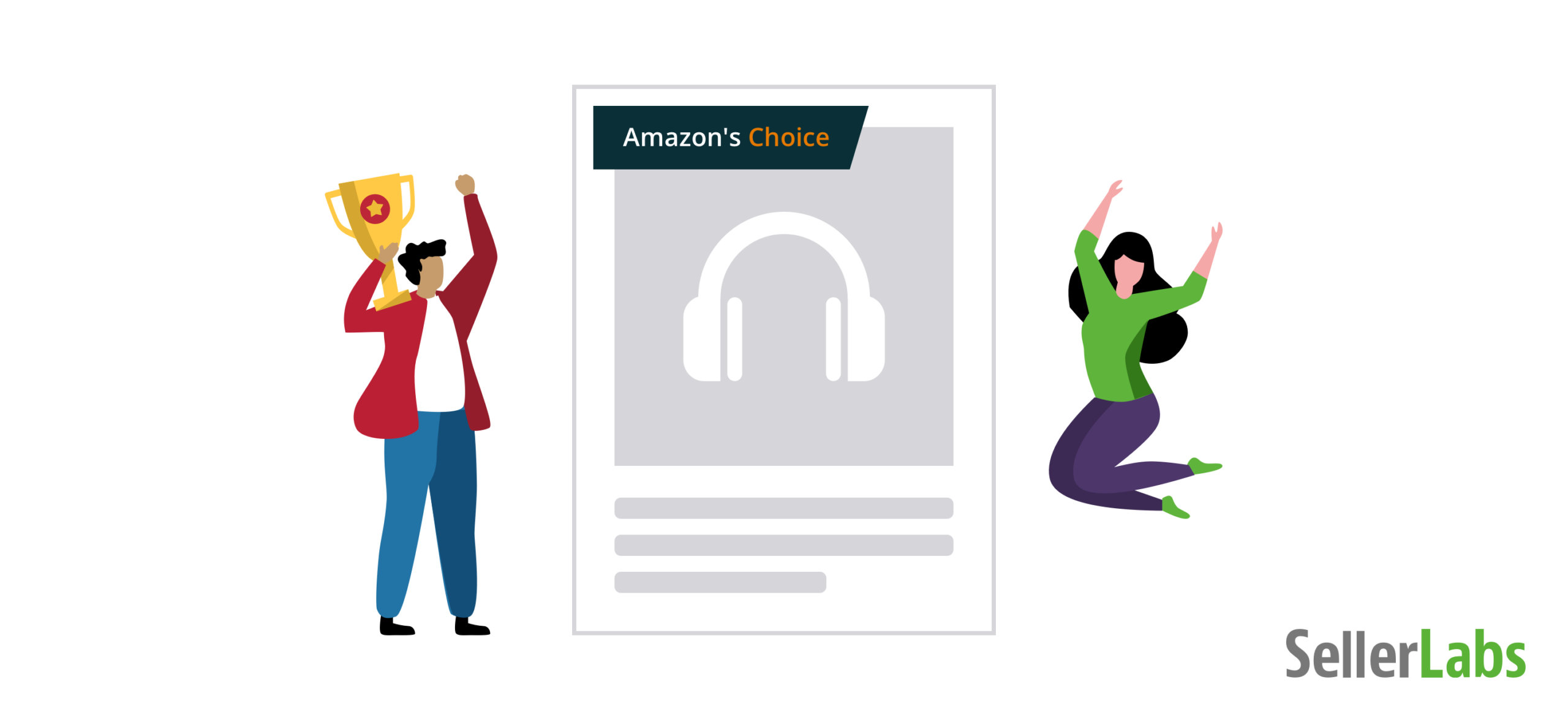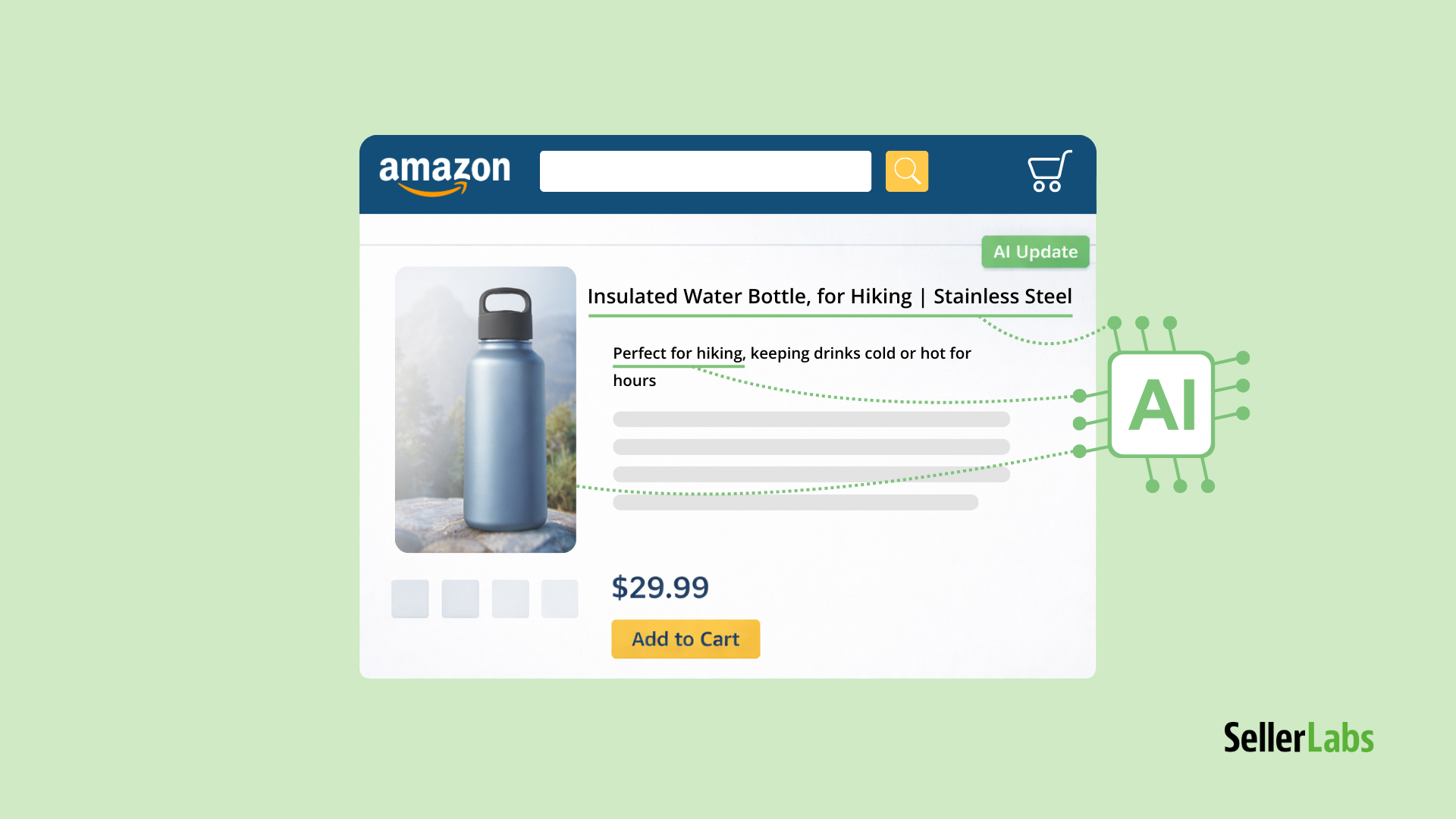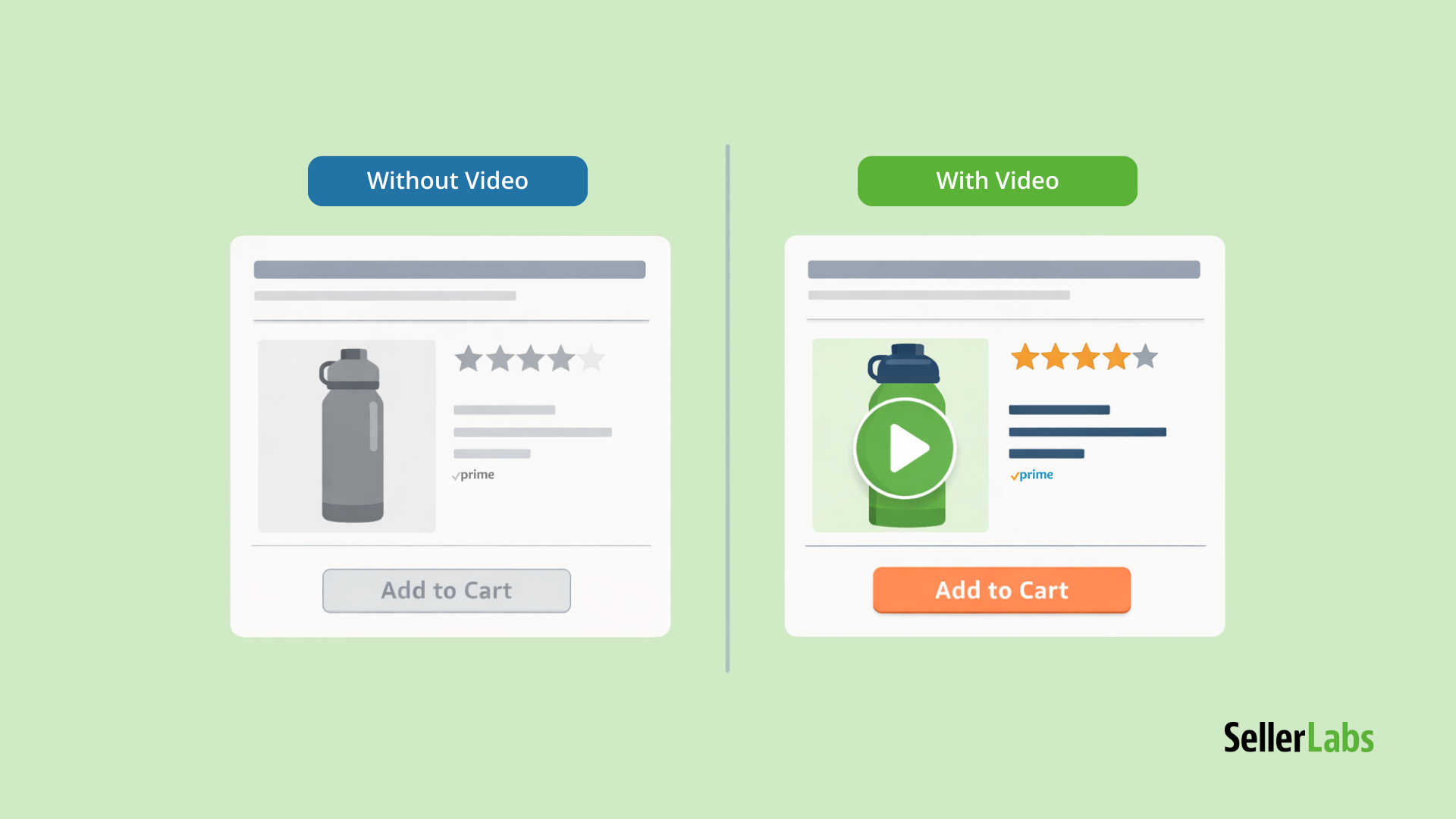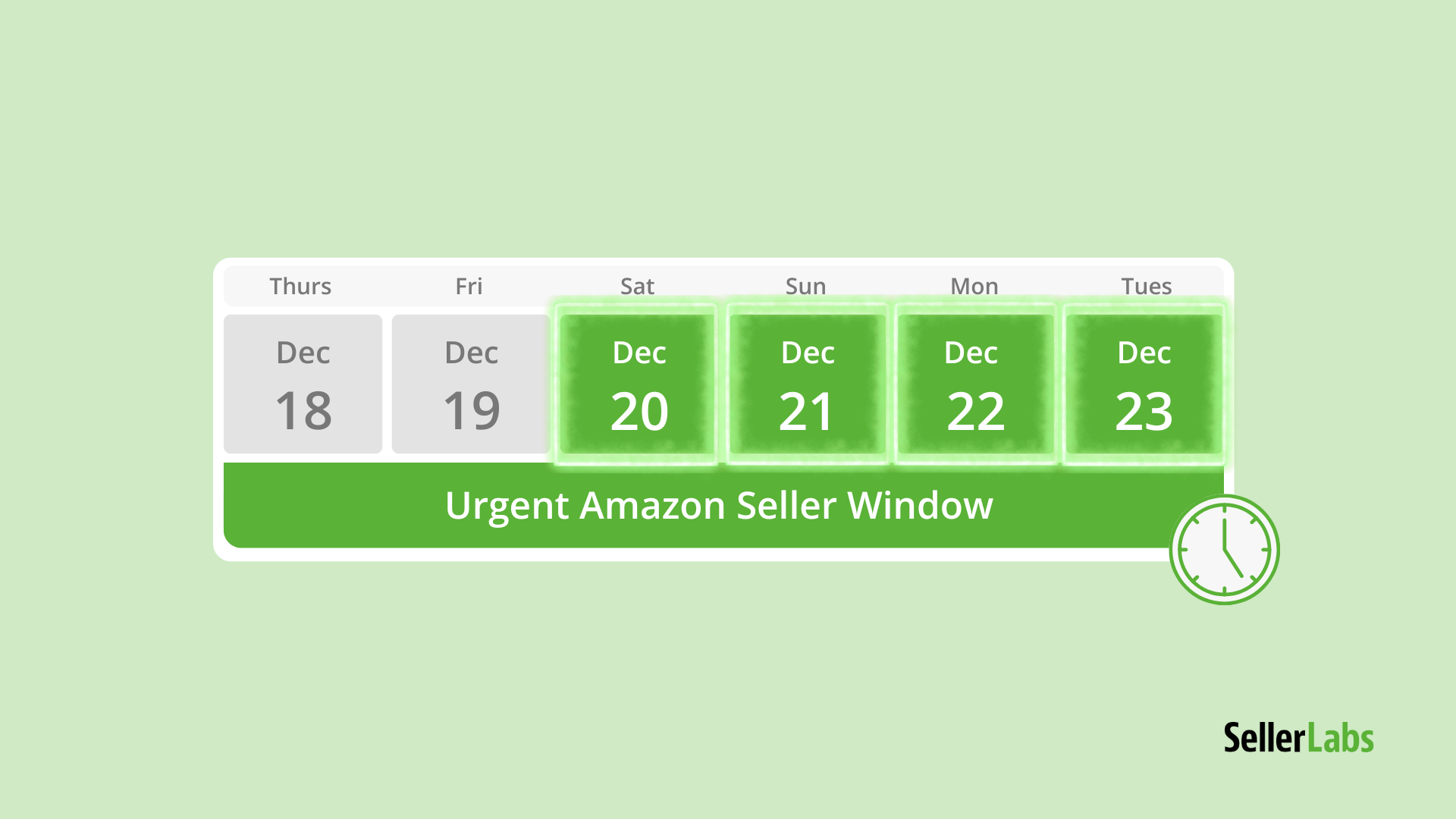This blog post was originally contributed by Robyn Johnson, CEO at Marketing Blueprint.
You can barely attend a digital marketing conference without hearing about voice search optimization. While Amazon voice search is still in early adoption phases, we are seeing an increase in smart devices that use voice assistants.
Voice search and Amazon are tightly connected because of Echo products that feature an AI assistant named Alexa. Since Alexa only “shops” on Amazon, more people using Echo means that more customers will be shopping on Amazon.
In fact, Amazon’s Alexa has a significantly higher market adoption when compared to other voice search products like Google Home. A recent survey from eMarketer said that nearly 70% of US smart speaker owners use Amazon Echo devices.
The main difference between Echo devices and the Google assistant is that Echo is built for eCommerce on Amazon. Amazon is driven by conversions, and the conversion-based ranking algorithms hold true on the platform’s voice search devices.
Amazon’s voice search prioritizes conversions in two different ways: 1. Users can search specifically for products that are available on Amazon.com.
2. Users can find products in their local stores.
To reach a broader market, Alexa also provides additional features that have helped foster adoption rates. This includes smart home features and the ability to call family and friends with your regular phone number. Recently, Amazon introduced Echo Frames (glasses) and Echo Auto (for vehicles) with Alexa, so it won’t be long before customers have Alexa access wherever they go.
As Amazon has evolved, they have added new programs and ways for customers to interact with their mobile devices. What started as a simple shopping assistant now uses natural language processing to understand searches for entertainment news, information, and more. You can interact with Alexa, play games, and have conversations.
In this article, we will cover the basics of voice search, how Alexa works with local search, and how it is linked to physical products on Amazon. Most of all, we’ll cover the SEO strategies that you can use to rank your products more effectively to increase sales.
How is Alexa’s Voice Search Different?
When optimizing for voice search, it is crucial that you understand the user intent of searches, how the customer is going to use the device, and how the device interprets and displays their intent. Here are the two main differences between voice search and traditional search.
1. A customer is more likely to include a specific brand or product name with voice.
Because voice queries tend to be more action oriented, Alexa is not an easy way to discover new products. If a customer is shopping and they need to see details about the product, they will likely move to a desktop.
While a customer on Amazon.com might type in “tea tree shampoo”, that same person using an Echo device might say, “Alexa, order me order me Paul Mitchell Tea Tree shampoo.”
2. Voice search queries tend to be longer.
We tend to be more descriptive when we speak than when we write, which is why we expect longer tail search queries with questions to naturally appear more in voice search.
For example, on a desktop someone might search “Italian restaurant near me.” The voice version of that query would be more like “Alexa, where is the best Italian restaurant near me?”
In the first search, the user is likely to browse through a couple different options. In the voice search, Alexa will read the user only one option: the featured snippet for the search.
Alexa & Local Search
Alexa also provides the ability to help users identify local businesses that can meet their demands. Amazon Alexa has been added to the Yext Knowledge Network. Yext adds local business information from multiple sources like Google My Business listings and information from Apple, Bing, and Yelp.
This means if you want your brick-and-mortar location to be suggested by Alexa, the easiest way to optimize your site is to use Yext. Optimizing your listing for Amazon Alexa means working toward keeping your Yelp and Yext information up to date and working to increase the total and score of your reviews.
How Alexa Matches Voice Searches With Products
The primary objective of Echo’s design is to find and sell physical products on Amazon. However, Amazon has been intentionally opaque regarding how their search algorithm prioritizes specific products to show for a customer query.
We can trace Alexa’s algorithm back to 2014, when the Echo was first released as a shopping assistant for Amazon customers. The next year Amazon rolled out Amazon’s Choice, a program to assist shoppers by making recommendations if the customer had not purchased goods in a particular category before.
When you search on Amazon through Alexa, you are basically taken to one of two algorithms.
1. Duplicate Orders
When you have ordered an item before, Alexa will take you to the same offer that you have ordered most recently.
For example, if you have ordered Herbal Essences Coconut Shampoo in the past, then if you ask Alexa to order you shampoo, she will order that same one, because that is in your most recent order history.
For this reason, it sometimes makes sense for brands with consumable products to spend more on ads targeting new customers. You can see the number of repeat and new to brand customers in some ad types and in Brand Analytics.
2. New Orders
If Amazon does not see a product you have ordered in the past for your query, then Amazon will defer to the Amazon Choice Badge for that specific query. The Amazon Choice Badge is a black banner that appears on the product detail page and search page.
Anecdotally, when we test Amazon Alexa for search, it’s not always the product that has the most reviews, or even has the highest conversion rate that comes up. Instead, it’s a combination of specific metrics that will help ensure a positive customer experience.
The best way to optimize for voice is to maximize the number of Amazon Choice Badges. You can increase the number of badges by reading Seller Labs’ guide.
To Master Voice Search, Be the Best Option
Amazon Choice products simplify Amazon voice queries on Echo devices. In order to maximize our listings’ exposure to the Alexa search algorithm, we want to increase the total number of Amazon Choice badges for each product. We can identify choice badges through many third-party tools on Amazon.
If you were looking to drive additional Amazon Choice Badges to increase exposure to voice search you want to start with these best practices:
Write Well-Optimized Listings
Amazon will prioritize listings that it determines have a higher probability of converting into a sale. Basically, on Amazon sales beget sales. There are a broad array of factors that influence how the algorithm ranks your product, and therefore a broad array of techniques to optimize your listing. Optimizing listings on Amazon is a combination of thorough keyword research, well-crafted copy, and images that highlight your product.
Offer Your Customer Instant Availability
During a normal selling season, having a prime offer is the best way to make sure that you’re maximizing the number of Amazon Choice Badges that you’ll have for a specific product. The exception is if products shipping from Amazon’s warehouses experience large delays like March of 2020. When FBA experiences delays, having an additional merchant fulfilled offer can allow your listing to keep the Amazon Choice badge.
Run Ads to Generate Conversion History
You must have conversions in order to rank. This can create a chicken and egg kind of problem. How do you start to have conversions if you don’t rank organically? The current best practice is to run ads specifically on those keywords or keyword phrases that you find highly relevant for your product.
The conversions created from your ads can allow you to rank organically. This means that when you deploy your launch campaigns, you might allow some ad campaigns with higher ACoS to continue to run until you have the conversion history necessary to rank better organically.
Get Reviews
While reviews do not have the same weight in Amazon searches as they used to, they do show customer satisfaction. Customer reviews can cause a significant increase in conversion and ad performance. Your product rating will show on your product detail page, your ads, and in the SERP (search engine results page). Make sure you are up to date of Amazon Review Best Practices for 2021.
Aim for Repeat Purchases
To increase the number of purchases that your product receives on Amazon, you might consider adjusting some of your campaigns to focus on customer acquisition. Amazon brand dashboard now provides new customer data to tell you which customers repeat-purchasers and which customers are first time buyers. You can design campaigns specifically to generate new customer adoption, especially if your product is consumable and will likely be reordered multiple times.
Conclusion
Overall, Amazon Alexa can be a powerful tool to help you optimize and market your products. Amazon has started to integrate more and more of their products as they experiment with different segments like the Amazon glasses and vehicle devices.
With the high adoption rate of Echo, plus the ubiquitous nature of Amazon’s smart devices, we’d make it a priority to optimize for Amazon voice search. Make sure your products (and your local businesses) are highlighted and easily found by customers who search with their voice.

